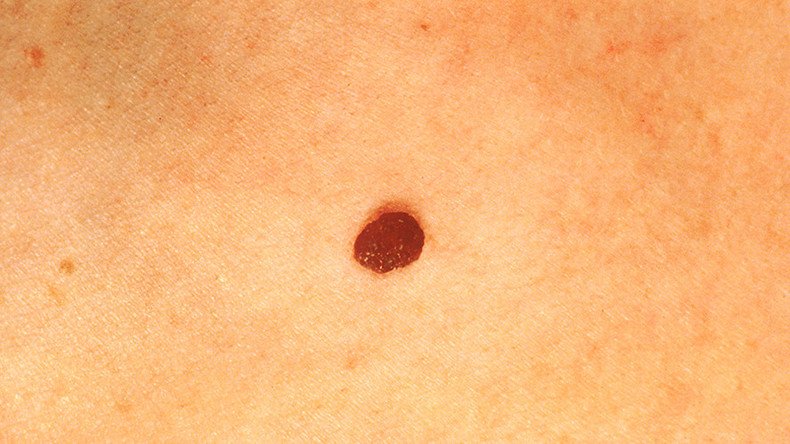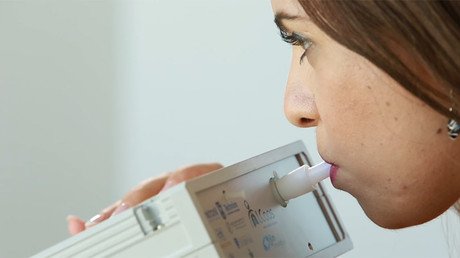‘Eureka moment’: AI software programmed to spot skin cancer by checking pics of moles

Scientists at Stanford University have taught an AI to diagnose early signs of skin cancer by feeding tens of thousands of images to its recognition database. They hope the AI would eventually become an effective cancer detection tool outside of clinics.
The researchers tested the AI against 130,000 images, comparing the results to diagnoses of 21 clinicians. They say the result showed the software could detect the cancer with a high degree of accuracy. The findings were published in the academic journal Nature.
“We realized it was feasible, not just to do something well, but as well as a human dermatologist,” said Sebastian Thrun from the Stanford Artificial Intelligence Laboratory, in a statement published by the university’s website. “That’s when our thinking changed. That’s when we said, ‘Look, this is not just a class project for students, this is an opportunity to do something great for humanity.’”
Using a database of 129,450 photographs showing over 2,000 types of skin diseases the software algorithm, developed by Google, was shown pixels of images with a related disease label, and quickly made the connection through a deep learning mechanism. Deep learning is a series of algorithms which mimic human neural networks, allowing the AI to detect patterns in images.
READ MORE: Microsoft wants to ‘solve’ cancer within decade by turning cells into computers
“In this work, we’ve posed skin cancer identification as an object classification task, and trained a deep learning algorithm to discern between conditions,” Andre Esteva, lead author of the team’s findings in Nature, told Wired.
However, testing was performed under laboratory conditions using crystal-clear images of the various skin problems, so it is still unclear as to how it will perform in the field. The team is also looking at making their system more compact, possibly developing it as an app for smartphones.
READ MORE: Cancer death rate down 25%, fewer men being diagnosed
“My main Eureka moment was when I realized just how ubiquitous smartphones will be,” Esteva added. “Everyone will have a supercomputer in their pockets with a number of sensors in it, including a camera. What if we could use it to visually screen for skin cancer? Or other ailments?”
Detected early enough, skin cancer sufferers have a 97 percent survival rate. Diagnosis is usually made by spotting the telltale signs by eye, which is where this software may become useful.
Researchers are working on finding other medical uses for deep learning such as spotting diabetic retinopathy or other forms of cancer.
READ MORE: Rural Americans more likely to die of top 5 killers – CDC













